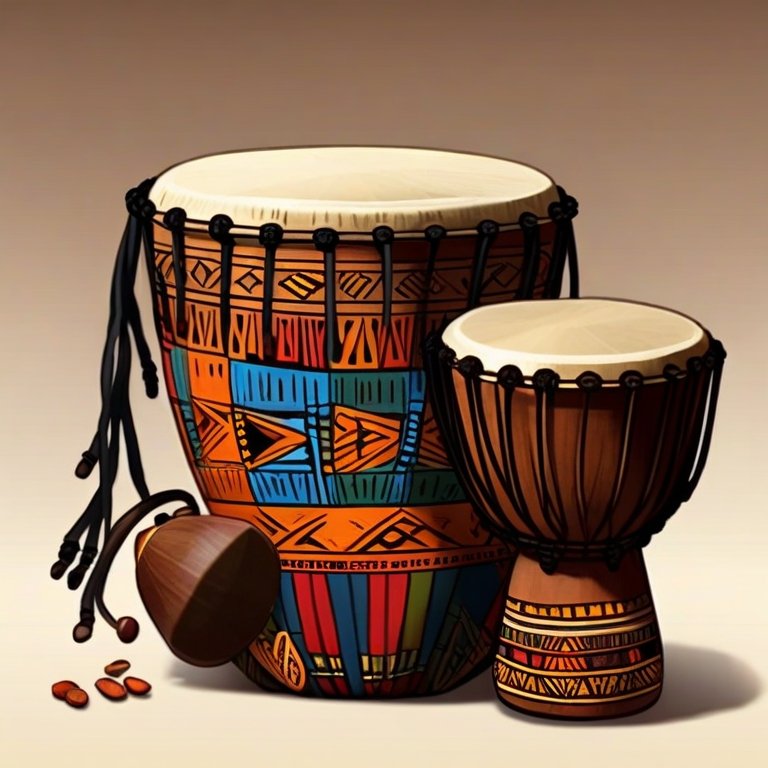Introduction to reviving lost music
What has happened is that some good music has unfortunately become extinct. It is our cultural heritage. Such music symbolizes the society and time of that era. Reviving this music will help us understand the intricacies of our culture and the nuances of the past.
A classic case of revival is Mesopotamian and ancient Greek music. Utilizing ancient texts and modern technology, a team of researchers recreated the lost sounds of the music. They performed the music from both eras at concerts in London and Athens, respectively.
Steps to revive the lost music:
Extract the Extinct Music
Separate the good, extinct songs or music from the rest, and create a list of them to be sung by today’s successful singers. When listeners hear old, lost forms of music performed by their favourite modern singers or bands, their curiosity will be aroused. This approach can revive lost music.
Write Frequently About the Good Music
Writing about reviving extinct music is necessary. Inform the public that this is good music and they can still listen to it today. In every good album, there are two songs that can be classified as evergreen music. This research task must be done with full responsibility.
Using the right platforms
Play extinct music on modern platforms like Spotify, Amazon Music, YouTube, Google Play etc., so that people can decide whether to truly listen to this treasure or not. Additionally, trend it on social media to spread awareness. The more it trends, the more curiosity it will generate among people.
Promote Emerging Music Artists
Support emerging stars who want to keep extinct music alive. The government should inspire them by providing incentives such as exemptions in entertainment tax and other facilities. Established music companies should step forward to give these emerging artists opportunities to perform and build their fan base.
Digital Preservation of the Lost Sound
Converting analog recordings into digital formats allows electronic catalogues to manage and store the data, thus creating digital archives. Computers can recreate old sounds, preserving and therby help reviving forgotton melodies. Artificial intelligence can code new life into lost music from bygone eras.

Creating Replicas of the Instruments
We can revive lost music by creating replicas of the instruments. By understanding the language and images of available documents, we can recreate historical instruments that resemble the originals and produce similar sounds. For example, terracotta rattles and bells from the ancient Indian civilization of Mohenjo Daro have been recreated, reviving the music of that era with modern instruments.
Sharing It with the World
Musicians and well-known singers performing in schools and community centers can spark greater curiosity and inspiration to connect with music from the past. Making the lost music of the past a compulsory subject in schools would link younger minds to the historic heritage and music of previous generations.
Humans should protect whatever they control. Although we have created arms and ammunition for waging war, continuous efforts should be made to avoid the situation of war. Art and music are the identity of an entire civilization. Situations should not arise that necessitate reviving them.
Steps to revive extinct music and ensure it doesn’t die out:
Preserve Old Recordings
Identify which old recordings can be preserved, convert them immediately into digital formats, and store them on websites, musical apps, and music labs that preserve music. This will enable us to connect the past with the present for years to come.
Teach the New Generations
Learn to play the instruments and sing the songs of the extinct music yourself. Teach workshops and classes to pass on the knowledge to younger generations. Perform the music live at events and festivals to raise awareness and appreciation.
Create New Music Inspired by the Old
Compose new songs that incorporate elements of the extinct music. Blend traditional sounds with modern instruments and production techniques. Release albums and music videos showcasing the revived music to attract new listeners.
Document and Share the History
Research and document the history, cultural significance, and stories behind the extinct music. Write blog posts, articles, and books to share this knowledge with the world. Include the historical context and stories in your music releases and live performances.
Collaborate with Other Artists
Reach out to other artists, both within your culture and beyond, to collaborate on reviving the music. Invite guest musicians to play on your recordings and perform live with you. Organize concerts, festivals, and events that showcase the revived music alongside other genres.
By taking these steps to preserve the recordings, teach the music, create new works inspired by it, document its history, and collaborate with others, you can help ensure that the music of your culture doesn’t die out and become extinct. It’s important to take action now to revive and pass on this cultural heritage to the younger generations.
Before leaving, it is important to mention that we should never face a situation where we need to revive our art and culture. We should protect what we have and what is special, like a heritage, so that future generations understand its significance even after we are gone.
There are many reasons why any art form becomes lost or extinct, but if the main reasons are hatred and selfishness, it is the most shameful event in the history and culture. A country that respects its art, artists, and culture may appear small on the map, but no country is as rich and blessed as that one.


